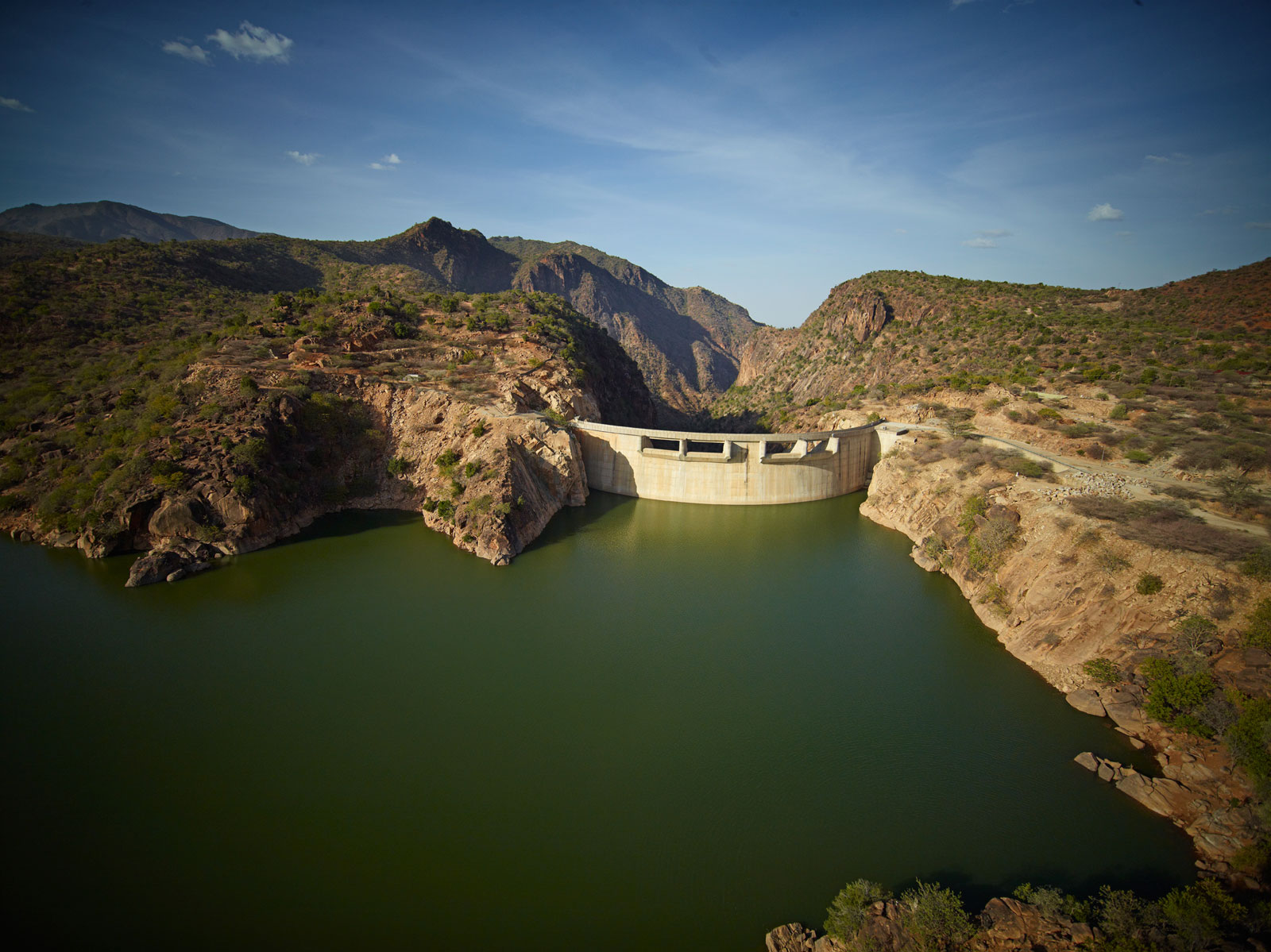- Kenya’s electricity imports from its neighbours have more than doubled
- For years, Ethiopia has supplanted Uganda from position one, Kenya’s top source of power imports.
- The East African nation has revealed that it needs $5.3 billion to overhaul power transmission lines and forestall frequent blackouts.
Kenya’s electricity imports from its neighbours have more than doubled in the past year amid increased demand and a slower pace of investment in energy infrastructure.
Data by the Kenya National Bureau of Statistics (KNBS) said the country imported 706.9 million kWh of electricity from Ethiopia and Uganda in the first 11 months of 2023, up from 288.27 million kWh in a similar period in 2022.
The bulk of the power imports — 546.5 million kWh — were sourced from Ethiopia during the period, according to KNBS, with the country emerging as Kenya’s biggest electricity supplier in the region. (pamblancopainting.com) Ethiopia has supplanted Uganda from the position, which for years was Kenya’s top source of power imports.
Kenya Energy Transmission Company (KETRACO), which builds power transmission lines in the country, recently completed construction of the 500kV Ethiopia-Kenya interconnector line, which has enabled Kenya to import cheaper hydropower, according to the Energy and Petroleum Regulatory Authority (EPRA).
The line will facilitate regional power trade in East Africa. Power imports from Ethiopia are expected to rise by 200 MW over the next three years, increasing the import capacity from the country to 400 MW, according to EPRA.
Read Also: Harnessing wave energy to fix Africa’s electricity crisis
Kenya’s installed power generation is about 3,078 MW, while the total adequate interconnected capacity is about 2,925 MW. The system peak demand averages 2,057 MW while the average available capacity is 2,035MW, necessitating the imports, according to EPRA.
The East African nation has revealed that it needs $5.3 billion to overhaul power transmission lines and forestall frequent blackouts. According to Kenya’s Energy Ministry, the government only has $250 million for grid upgrades, signalling the potential for darker times ahead for electricity consumers.
The revelation comes after the country recently experienced repeated blackouts lasting several hours. Last month, Energy Cabinet Secretary Davis Chirchir said low investment in maintenance of transmission lines is to blame for the recent outages.
“We have not invested much in the networks. We plan on giving out a number of networks to be built by private firms. This will ease pressure for more funding from the state,” said Chirchir.
In the financial year that ended June 2022, Kenya Power bought 26.46 per cent of its electricity from hydro sources.

Kenya has 16 main hydro dams supplying the country’s power, including Kiambere, Turkwel, Gitaru, Masinga, and Kamburu. Others are Sondu Miriu, Tana, Wanjii, Kindaruma, and Sang’oro.
Kenya has a 25-year electricity import deal with Ethiopia from 2023 that will see Kenya Power take up a maximum of 200MW from the GERD in the first three years, rising to 400MW for the remaining period.
In the deal, Kenya is buying Ethiopian power at 6.50 US cents per kWh, significantly lower than the tariffs charged by independent power producers.
Kenya’s Electricity Imports in 2023
In the 11 months leading up to November 2023, electricity imports in Kenya nearly tripled, offsetting a slight decline in local generation. According to official data, this import surge, amounting to 779.1 million kilowatt-hours (kWh), marked a 170 per cent increase from the 288.2 million kWh recorded in 2022.
During this timeframe, the local generation experienced a minor dip, decreasing from 11,592.93 million kWh to 11,526.69 million kWh. This decline was attributed to a prolonged drought affecting hydroelectricity production.
The substantial increase in imports, facilitated by supplies from Ethiopia, played a crucial role in preventing Kenya from heavily relying on costly thermal plants. Consequently, the reliance on thermal plants, known for their more expensive electricity production, diminished.
Thermal plant generation decreased by 15 per cent, dropping from 1,452.1 million kWh in the 11 months leading up to November 2022 to 1,236.1 million kWh in the review period, underscoring the significant impact of the heightened import activity.